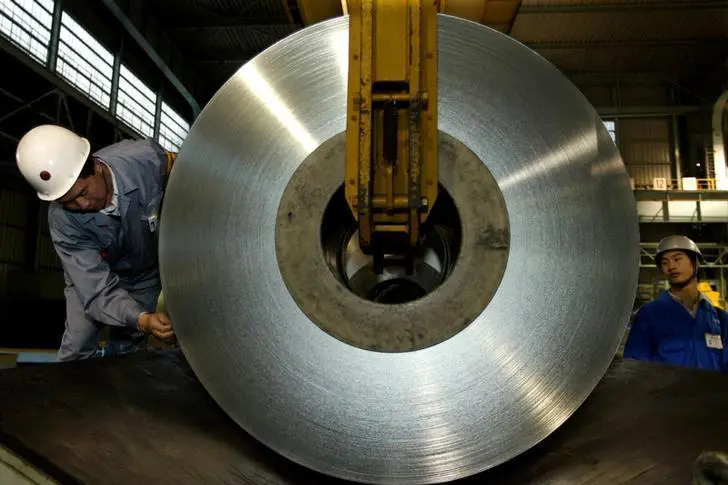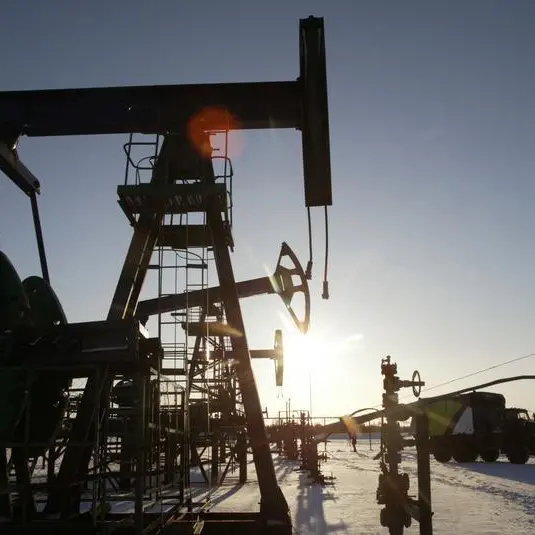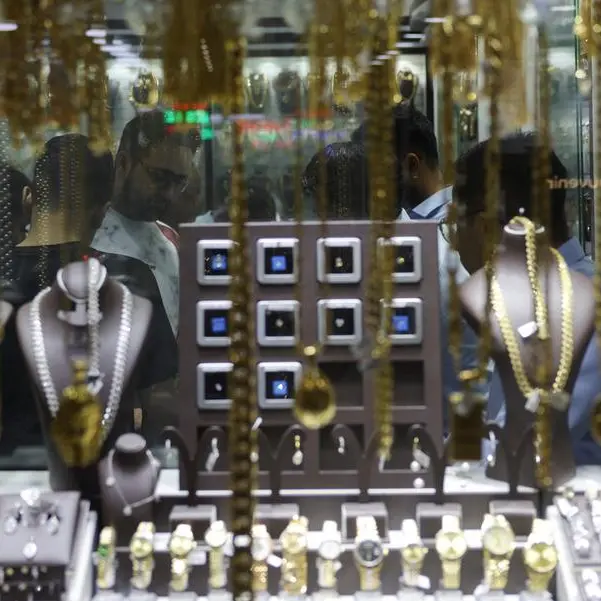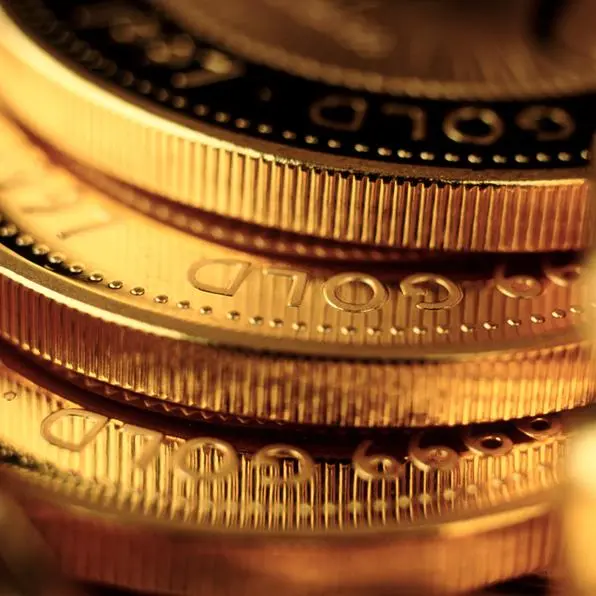PHOTO
LONDON: Tin's rollercoaster ride spins into the new year, promising more thrills and spills after a tumultuous performance in 2022.
London Metal Exchange (LME) three-month tin hit an all-time high of $51,000 per tonne in March before slumping to $17,350 in October, at which point it was below many operators' production costs.
The price rebound has been equally ferocious, with tin currently trading just below the $30,000 level, up 17% on the start of the month, making it the strongest performer among the LME base metals.
The suspension of operations at Peruvian producer Minsur's San Raphael mine due to social unrest has fanned the bull flames.
However, arguably more significant to market dynamics has been the strength of China's import appetite.
Last year's price collapse reflected a robust post-COVID supply recovery coupled with a drop in solder demand from the electronics sector after the lockdown boom of 2020 and 2021.
Chinese buyers have scooped up much of the resulting surplus metal, leaving the rest of the world more finely balanced than expected.
IMPORT BOOM
China imported 31,115 tonnes of refined tin last year, up from just 4,900 tonnes in 2021 and the highest volume since 2012.
The flow of unwrought metal was two-way. China also exported 10,733 tonnes of tin, mostly to Asian neighbours. But 2,025 tonnes were also dispatched to the Netherlands, attesting to the lingering tightness in parts of the physical supply chain outside of China.
However, the heavy volumes of inbound shipments meant that net imports of 20,380 tonnes were also the highest in a decade.
The largest supplier last year was Indonesia, imports jumping to 24,800 tonnes from 3,500 in 2021.
Indonesia lifted its total tin exports by 14% in 2021 and by another 5% in 2022. At 78,117 tonnes, last year's tally was the highest since 2017, but the market impact has been much diminished by China's buying spree.
China's own production of refined tin was flat year-on-year at 165,900 tonnes in 2022, according to Shanghai Metal Market. Any domestic raw materials tightness should have been alleviated by a 32% rise in tin concentrate imports, including a 27% increase from top supplier Myanmar.
With Chinese tin demand also taking a lockdown hit last year, the strength of imports suggests a major restocking exercise into a falling price environment
Tin's subsequent sharp price recovery will be a test of China's continued hunger for imported units.
SHIFTING SURPLUS
However, China's imports have already changed tin's supply-demand landscape.
At least part of last year's surplus is now sitting in China. Shanghai Futures Exchange (ShFE) tin stocks have rebuilt from under 2,000 tonnes as recently as September to a current 6,843 tonnes, the highest since May 2021.
Stocks registered with the LME, by contrast, have fallen from over 5,000 tonnes to 2,945 tonnes over the same timeframe.
LME time-spreads have slipped into contango this month, suggesting the availability of more metal in the non-exchange shadows.
Physical premiums have also been easing, Fastmarkets assessing metal in Rotterdam at a mid-point of $1,000 per tonne over LME cash, compared with a 2021 peak of $1,750.
The days of tin scarcity have passed. But the availability of metal in the world outside of China is not what it would have been without China's hefty imports. Neither premiums not LME stocks have yet returned to their pre-2020 levels
China's imports have also left the non-Chinese supply chain more sensitive to disruption, such as the closure of Minsur's mining operations or the seasonal volatility in Indonesian exports during the export licensing round at the start of every year.
SHIFT IN POSITIONING
While China has reshaped tin's fundamental picture, the price recovery has forced an equally significant shift in fund positioning.
Investment funds turned net short on the LME tin contract in September as the price was imploding. Net positioning has since shifted back to the long side to the tune of 586 contracts, according to the latest Commitments of Traders Report.
But the really big change has played out on the Shanghai market, where tin's price slide was accompanied by a surge in open interest to life-of-contract highs and record trading activity.
ShFE tin volumes doubled in 2021 and grew by a further 10% last year, making the contract a stand-out in a year of depressed trading action in Shanghai.
Quite why tin has attracted so much investor attention in Shanghai is uncertain, but last year's trading action had all the characteristics of a mass bear attack.
The Shanghai bears are now on the retreat as the price punches higher. Tin market open interest collapsed from 102,106 to 71,218 contracts in the week before the Lunar New Year holidays, indicating a big clean-out of short positions.
GOLDILOCKS PRICE
The tin price is now in the Goldilocks zone, not high enough to frighten off physical users, and not low enough to threaten existing supply.
Thomas Bunger, chief executive of First Tin, which is developing tin projects in Germany and Australia, told the ITA's Investing in Tin seminar last month that an ideal price scenario for new projects could be a stable $25,000-30,000 price range.
Tin is back in that range, but whether it can remain stable there for any period of time is a very different matter.
China's massive tin purchases have smoothed out the global physical market in a period of oversupply, but Chinese investors' new-found interest in the tin market suggests plenty of scope for more price turbulence ahead.
The opinions expressed here are those of the author, a columnist for Reuters.
(Editing by Jan Harvey)





















